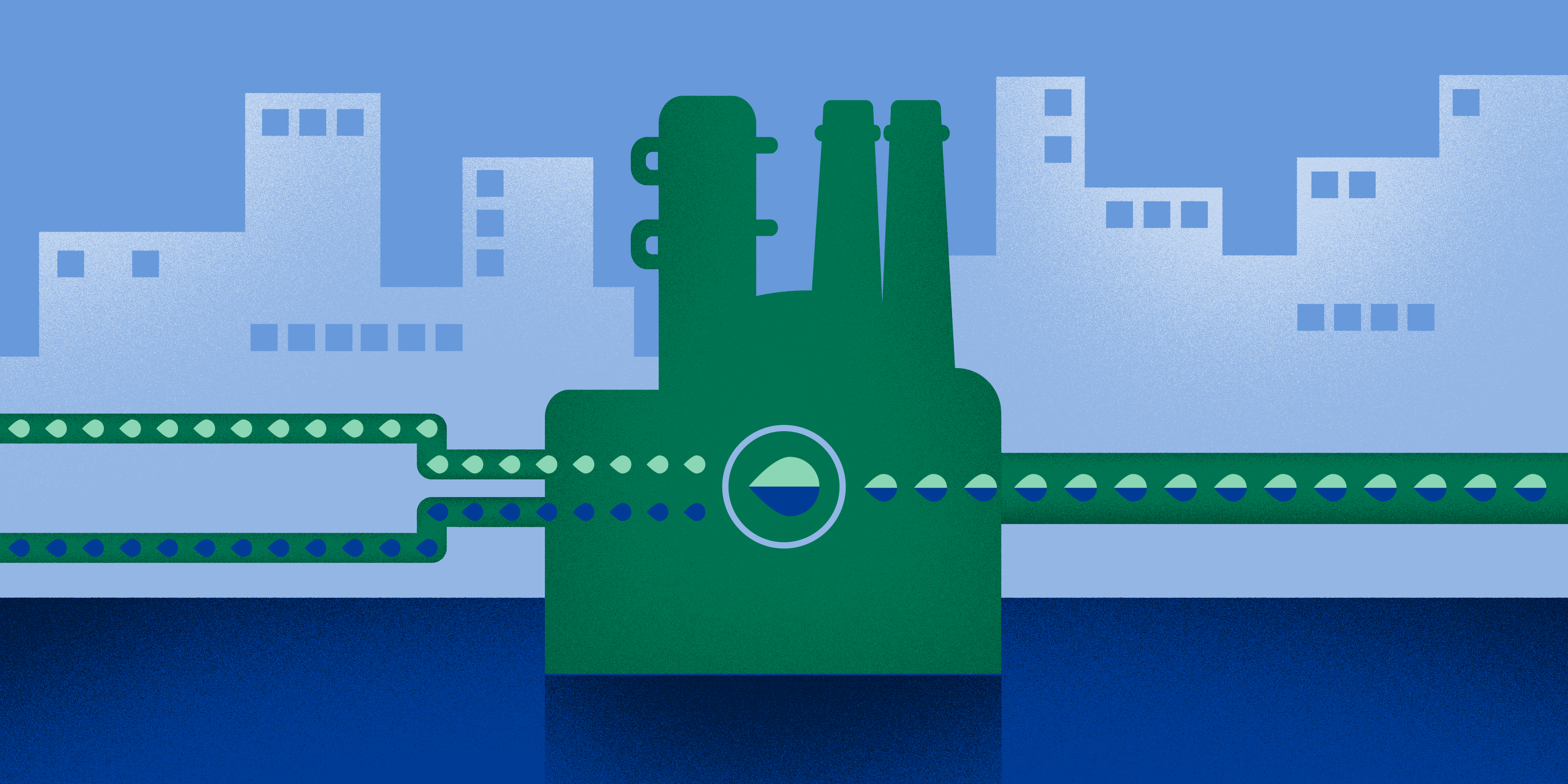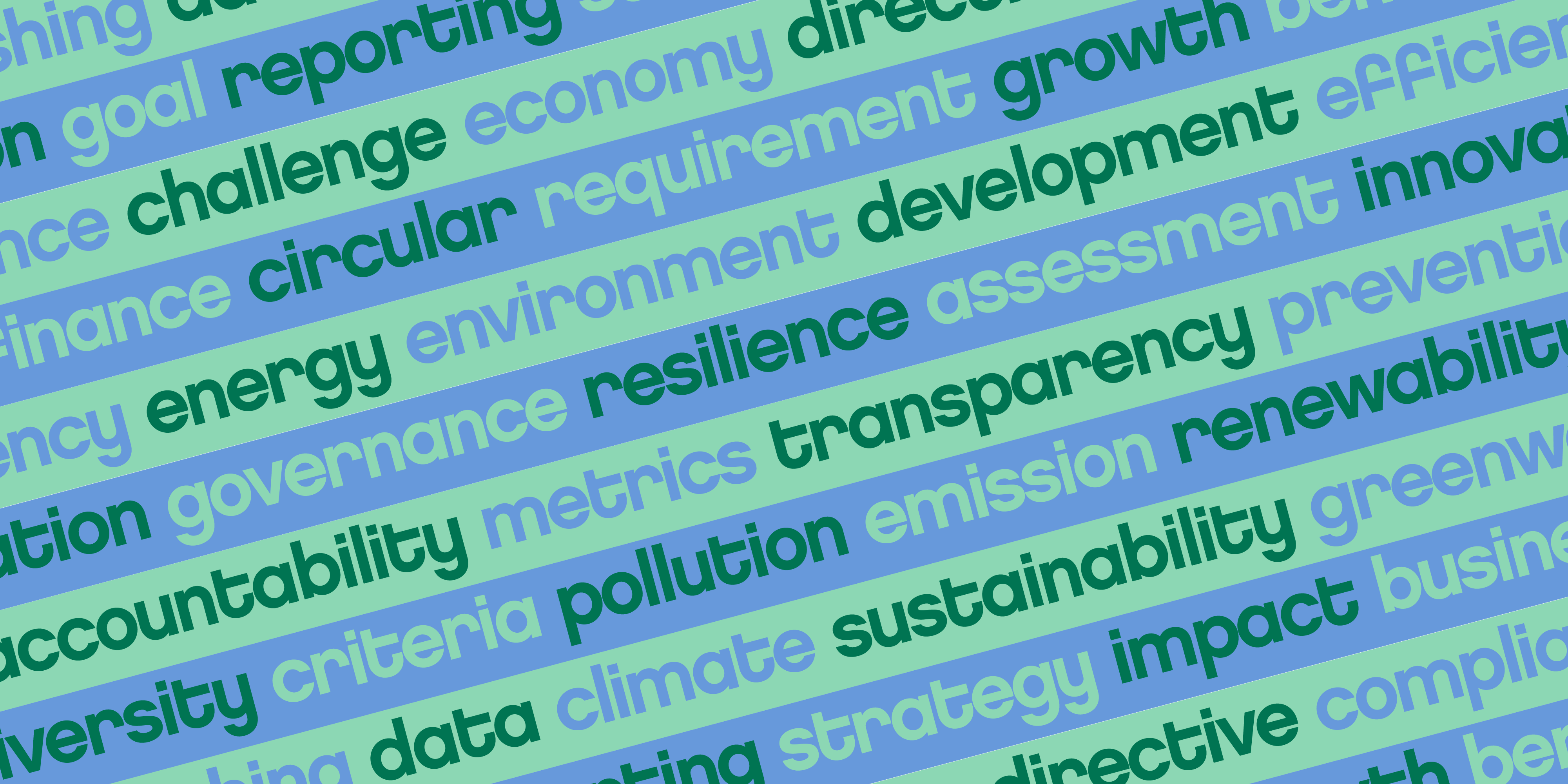
Sustainability
4 minute read
Clarity, Continuity and Confidence: Europe’s Sustainable Energy Future
At a time of significant focus on tackling the climate crisis, renewed attention is being given to the reliability, immediacy and sustainability of our energy sources as a result of the Russian invasion of Ukraine.
This attention is particularly visible in Europe. The European Green Deal commits all 27 nations in the European Union to climate neutrality by 2050: an ambitious target no other continent is currently proposing.
Given the scale of the ambition and the added urgency of the task ahead of us, we must transition even faster and leverage all options we have available to us. To do this we need clarity, continuity and confidence in what can be achieved in both the short and long term.
Continuity versus continuous change
Targets accelerate change over the long-term because they establish that clarity. The Fit-for-55 will act as a guidebook on how to reduce European emissions by 55% by 2030 and outline what we must achieve this decade to build an energy system fit for future generations.
Progress has been made already across Member States and industries. But continuity is paramount: rapidly changing policies cause confusion and disruption. This is as true for business as it is for society. Confidence, therefore, follows from continuity.
For example, investments made since 2018 were preceded by the entry into force of the Renewable Energy Directive, which many Member States are still in the process of implementing. This Directive classified which fuels will meet EU approval and what raw materials those fuels can be made from to be considered sustainable. Many projects coming on stream today are based on these rules, reflecting the confidence of industry to make significant investments once legislation is agreed.
Part of the Fit-for-55 package includes a review of the Renewable Energy Directive. Indeed the Directive will play a key role in our energy legislation going forward, yet its review has brought significant proposed changes: particularly by altering the range of raw materials that are deemed eligible for producing renewable fuels.
These changes may inhibit many projects just as they begin to deliver results; and as we face unprecedented pressure to decisively reduce our dependence on fossil fuel imports.
As greater energy autonomy becomes essential, we should allow for as many viable options as necessary to reduce our climate impact and greenhouse gas emissions. There is no time to waste. Here Neste has led by example.
Today’s results versus future intentions
Neste was a forerunner in investing in technologies for making biofuels from waste and residues. We are proud to offer tangible proof that a circular economy can be a viable business model and are committed to contributing to the EU’s climate and energy goals.
The investments and strategy we have developed have yielded strong decarbonisation results to date. For example, in 2021 alone we enabled a 10.9 million tonne greenhouse gas emission reduction through the use of renewable products such as renewable diesel and sustainable aviation fuel.
Of the materials we use to make these fuels, more than 92% comes from waste or residues that have limited other uses. This time next year, we expect our annual production capacity will increase to nearly 4.5 million tons of renewables globally.
Working on progress while waiting for perfection
We must balance what can be achieved today – without delay – with the technologies we have and the infrastructure in place. This can happen in parallel with an open and honest acknowledgement of what can be achieved in the future, but which will take significant time and investment.
While perfection may focus on what is not working, at this time we must look at what is working and allow, encourage and facilitate this.
Over the coming weeks, my colleagues on the Neste Executive Committee will contribute to a series of written pieces that lay out our ambitions and our capabilities in the field of renewable liquid fuels.
It has never been more essential to ensure the new energy system we are creating is reliable, sustainable, and immediate. We look forward to sharing our thoughts with you and hope you will join us for this interesting and important series.
Credits: Peter Vanacker, President and CEO, Neste





